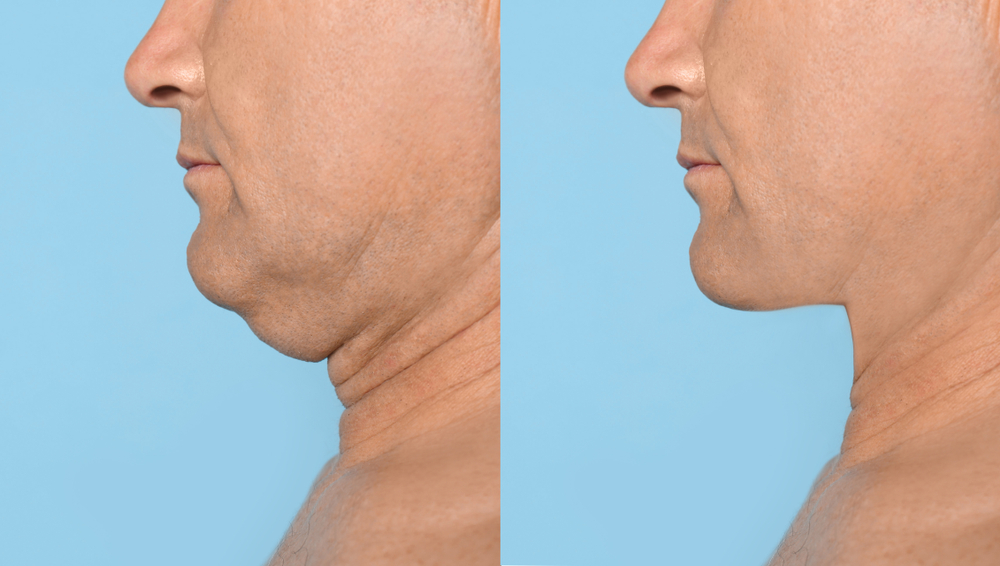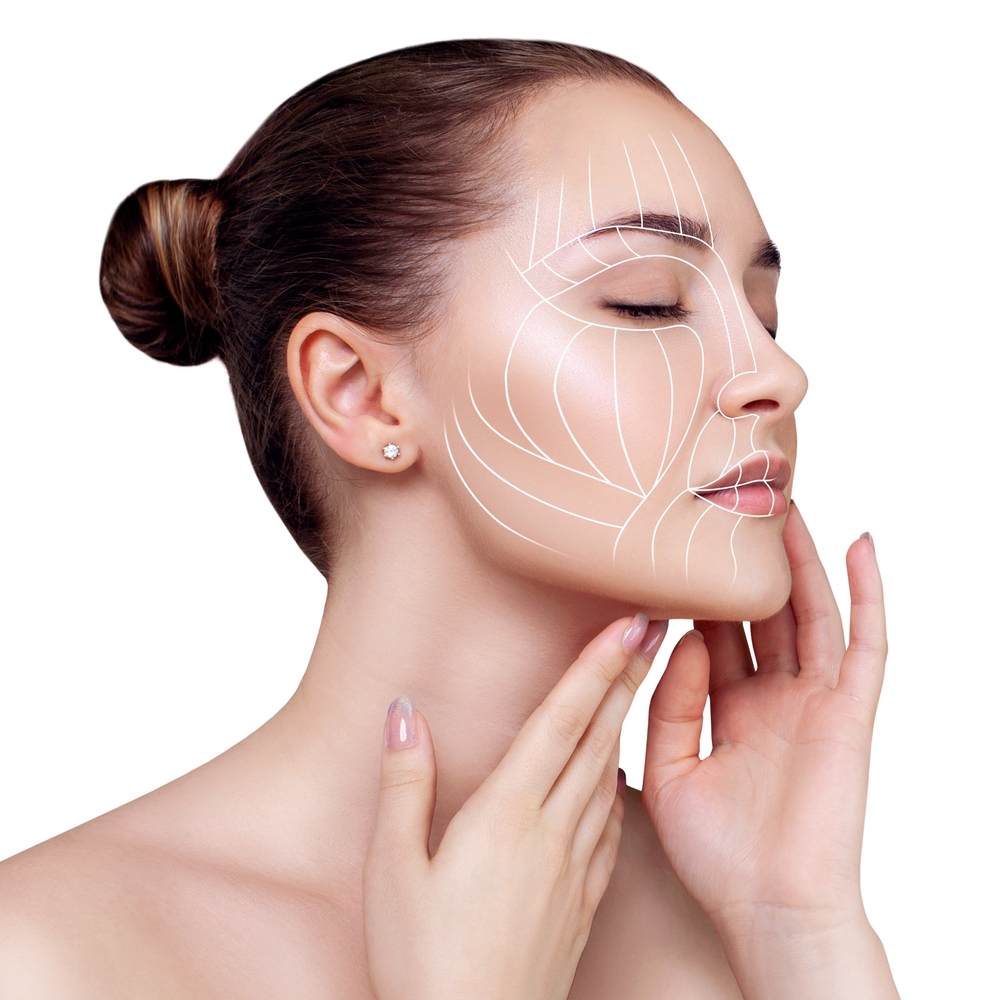By: Paige Yelich, MPAS, PA-C
Bellaire Dermatology is proud to offer patch testing for chronic and resistant allergic contact dermatitis!
 What is contact dermatitis?
What is contact dermatitis?
Allergic contact dermatitis is a type IV hypersensitivity reaction, where the body develops an immune response to an allergen that you were once previously, directly exposed to. Contact dermatitis can present with itching, redness, swelling, dry, scaly, cracked skin and even blistering on areas of the body that the allergen has come into direct contact. Persistent redness and scaling on the eyelids as well as a linear, blistering rash from exposure to poison ivy are some of the most frequent presentations of contact dermatitis. The rash is not contagious or life threatening, however it can be uncomfortable and tiresome for patients who struggle this condition. By identifying the underlying allergen, we can empower patients with the knowledge to avoid and eliminate future exposures to the specific allergen.
How is patch testing different from pin-prick testing performed at an allergist?
While an allergist typically performs a prick test assessing for environmental allergens, patch testing assesses for skin hypersensitivities to 80 specific allergens that we are directly exposed to on a daily basis. Many of these allergens consist of metals, fragrances, chemicals and preservatives that are found in our jewelry, makeup, cleansers and household products. By eliminating or limiting the specific allergen from one’s life, we can prevent dermatitis exacerbations and the patient can have a better quality of life.
 What is patch testing and what does it involve?
What is patch testing and what does it involve?
Patch testing involves coming into the office at the beginning of the week and having 80 specific allergens placed in columns onto your back. Patients return 48 hours later to have the patches removed and initially read. Patients return again 72 hours after the patches were originally placed for a final reading and interpretation. A red, scaly, or blistering reaction is considered a positive reaction. Your provider will then provide you with detailed information on the allergen, common products of which it is found and a list of chemical names it may also be identified as. We encourage you to go through your household products and ingredients to eliminate the allergen from your daily exposure. We will also provide you with a unique identifiable list of your specific allergens and common ‘safe’ products that you may use, which do not contain your unique set of allergens.
What are the most common allergens?
Below are a list of some of the most common allergens. Many allergens are preservatives found in our daily products such as nail polish, shampoos, makeup, moisturizers and soaps. Others include medications, plants, metals, articles of clothing, cleaners, chemicals and dyes.
Some allergens can be identified by your provider simply from visual diagnosis and obtaining a good history. The presentation and distribution of the dermatitis may also be a clue for the underlying allergen. Going through a ‘day in the life’ may help your provider see a unique set of allergens you may be exposed to. For example- beauticians, construction workers, healthcare workers and chefs may have an allergen exposure that is unique to their job.
- Metals- cobalt, nickel (belt buckles, buttons, earrings, dental implants, orthopedic implants and even food, dyes), gold, mercury, chromates (cement, dyes)
- Fragrances- balsam of peru
- Medications- Neomycin, Bacitracin (Neosporin, Bacitracin)
- Occupational exposures (Latex- healthcare workers, hospitality workers), formaldehyde
- Chemical Preservatives: methylisothiazolinone, formaldehyde, parabens, propylene glycol – cosmetics, soaps, cleaning supplies
- Plastics- black rubber, epoxy
- Dyes- phenylenediamine
- Wools, leathers- lanolin
- Plants- poison ivy, poison oak (rhus dermatitis)
When should I schedule an appointment, and what should I expect?
Patch testing is recommended for anyone with frequent, chronic and/or ambiguous dermatitis, or for those whose dermatitis is not improving despite treatment. We encourage our patients to consult their provider before scheduling patch testing. Earlier testing can identify allergens sooner, reducing symptoms and therefore improves patients’ quality of life.
It is best to have patches placed on clear, non-irritated skin so that the test can be correctly interpreted. We also ask that you avoid topical and oral steroids for 2 weeks prior to the patch application for the most accurate results. Patients are asked to not shower or sweat for the first 48 hours to ensure the patches do not become detached from the skin. It is common for patients to experience itching and irritation during this time, however patients may take an antihistamine to alleviate any discomfort.
How is contact dermatitis treated?
Your provider may prescribe you topical or oral anti-inflammatories such as steroids and calcineurin inhibitors to decrease inflammation. Some steroids can contain preservatives that are irritating allergens, themselves. We recommend taking short showers, avoiding hot water and applying moisturizers and emollients on a daily basis to reduce irritation to the area. Ice pack application and second-generation antihistamines such as Allegra, Zyrtec or Claritin can also alleviate itching.
Schedule an appointment today to get the relief you deserve!

 What is contact dermatitis?
What is contact dermatitis? What is patch testing and what does it involve?
What is patch testing and what does it involve?



